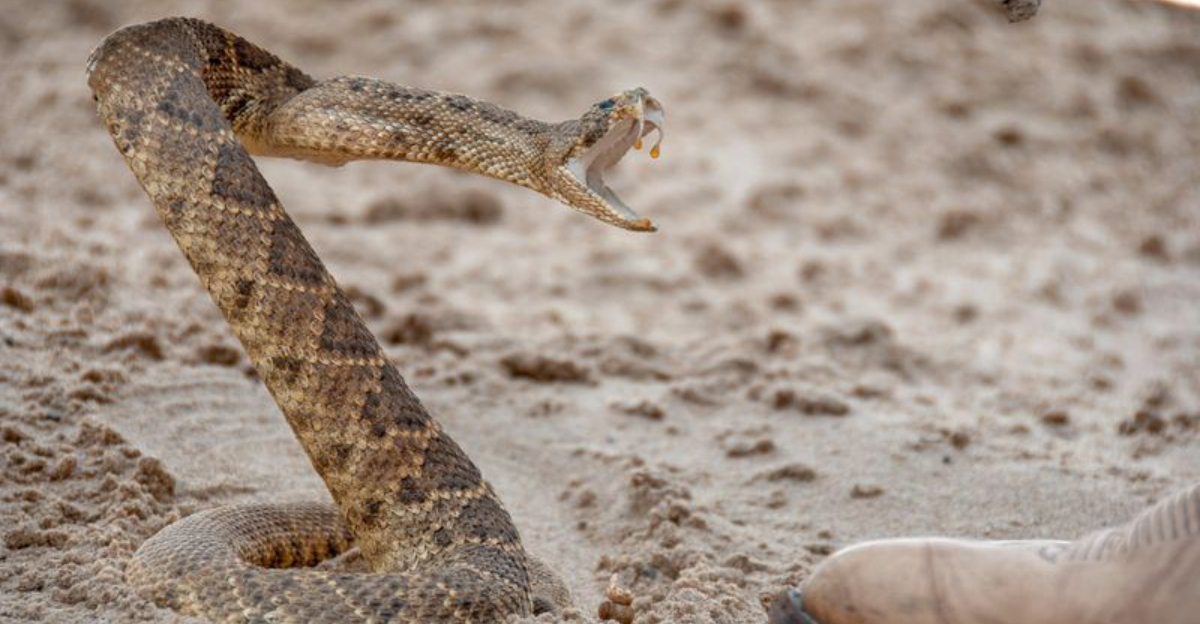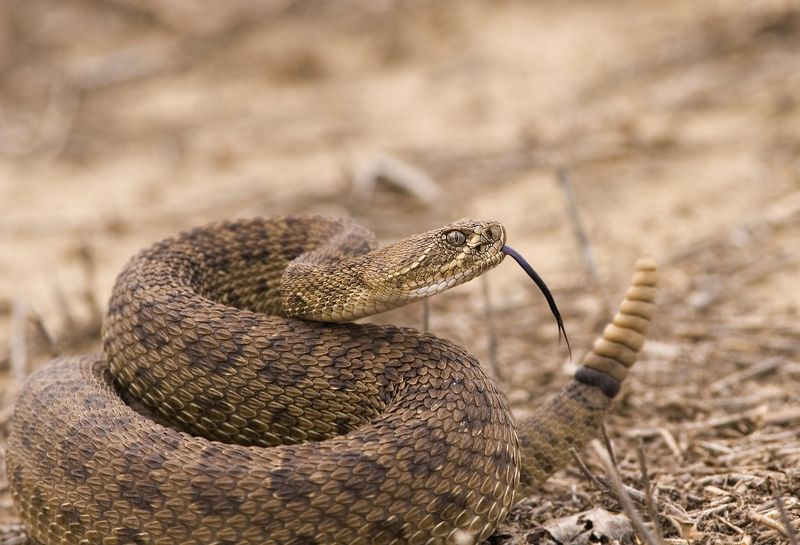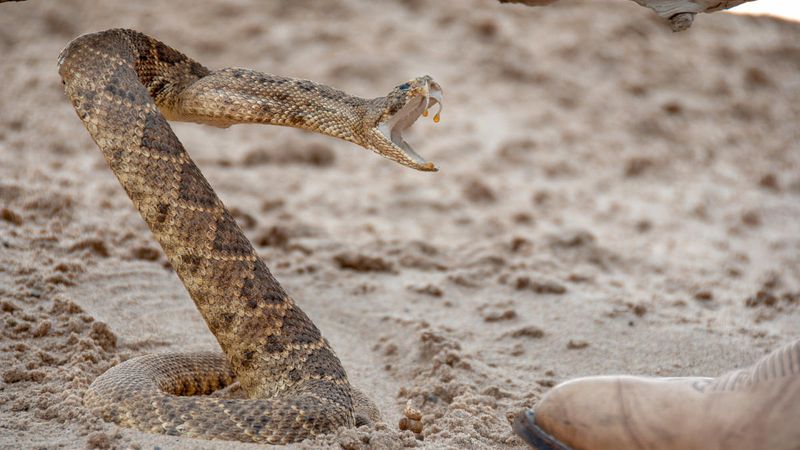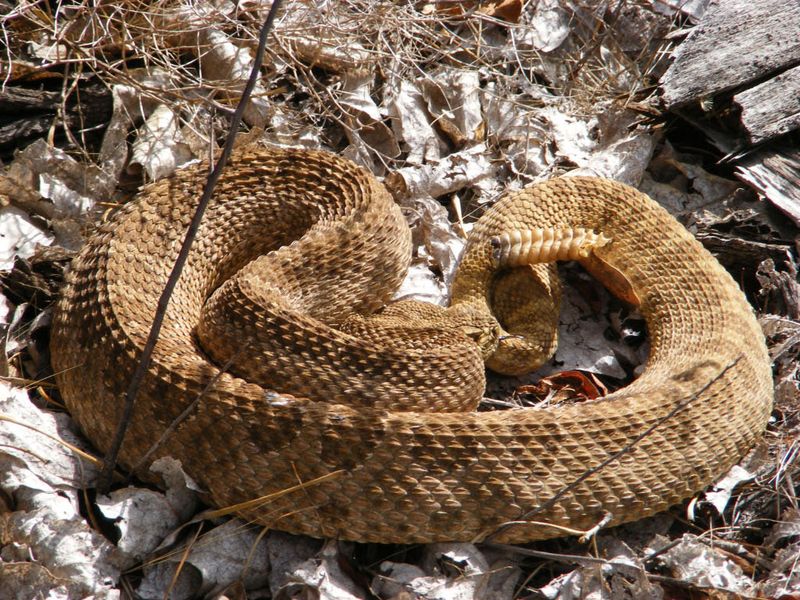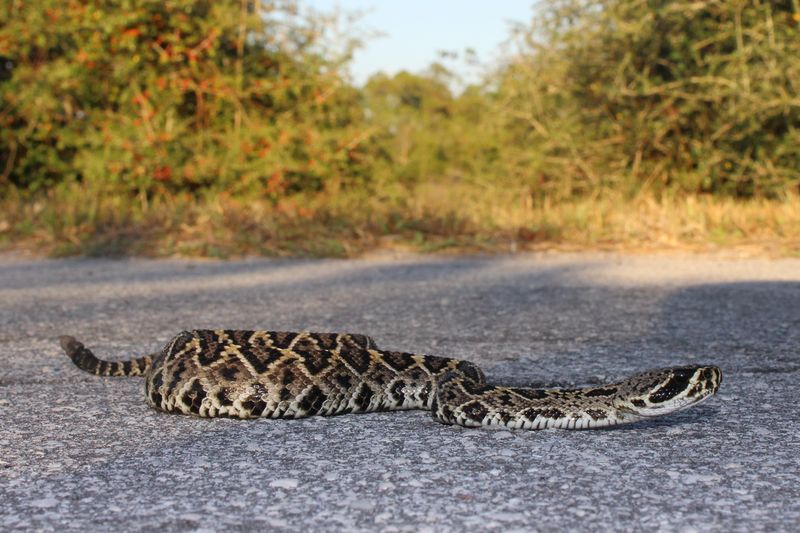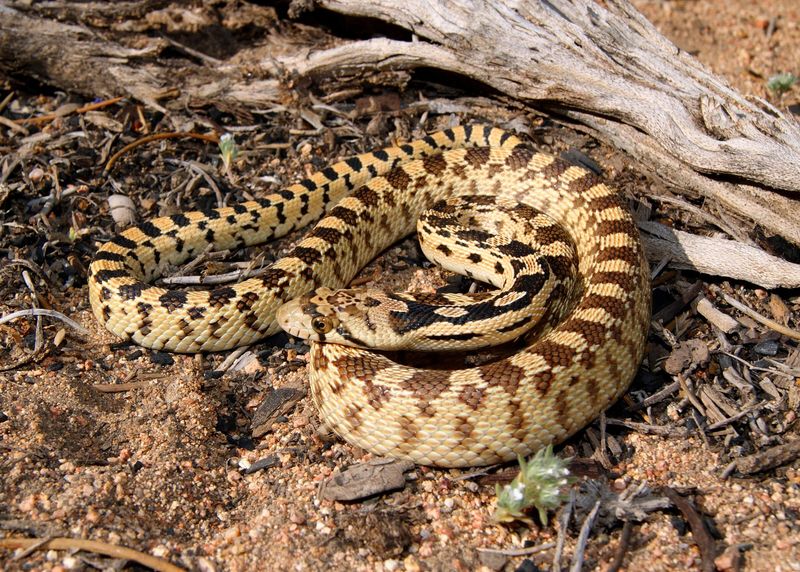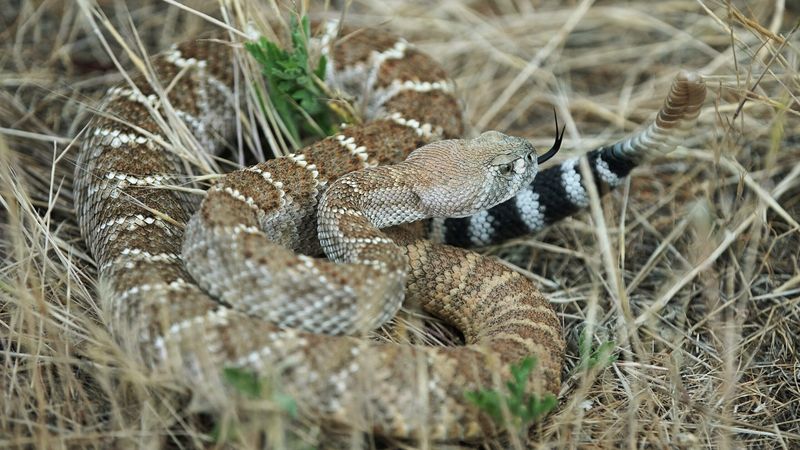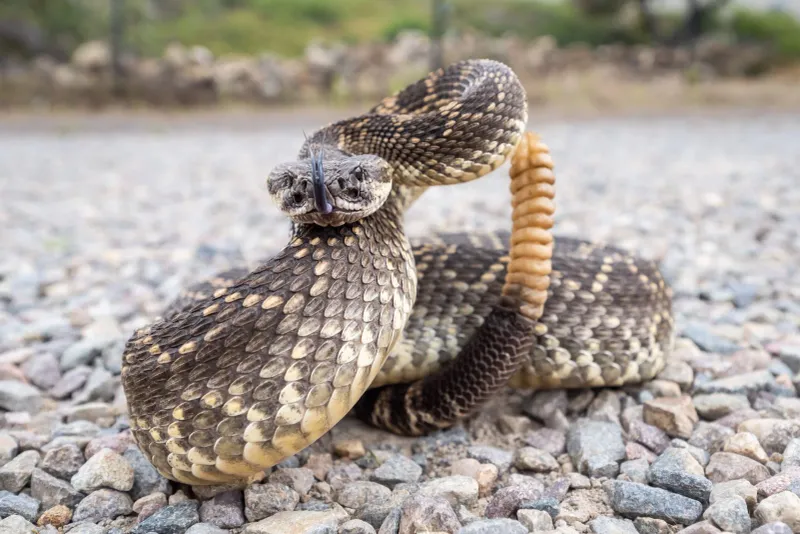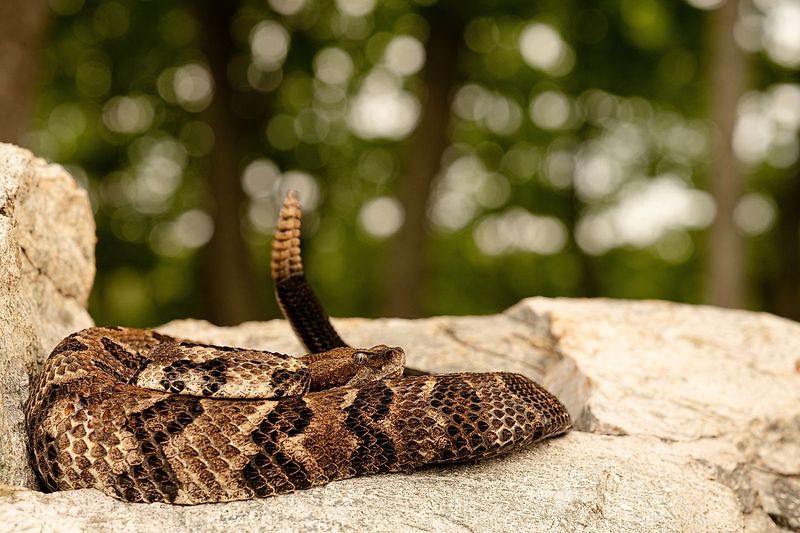📖 Table of Content:
The United States is home to a diverse range of rattlesnake species, thriving in habitats that span deserts, grasslands, forests, and rocky terrains. These iconic reptiles, known for their distinctive rattle and venomous bite, are more prevalent in certain states due to favorable climates and ecosystems. Understanding where rattlesnakes are most common can help you stay informed and prepared during outdoor adventures.
Rattlesnakes are typically found in warm, arid regions, but their adaptability allows them to inhabit a variety of environments. Some states are hotspots for these reptiles, offering the perfect mix of terrain and prey that sustains their populations. For nature enthusiasts, herpetologists, or cautious hikers, these locations provide opportunities to observe or avoid these fascinating creatures.
Explore 10 states where rattlesnake encounters are most likely, uncovering their preferred habitats and behaviors. Whether you’re looking to admire them from a distance or gain a deeper understanding of their role in the ecosystem, these destinations highlight the presence and diversity of rattlesnakes across the U.S.
1. Arizona
Renowned for its diverse desert landscapes, Arizona serves as an ideal habitat for numerous rattlesnake species. Among the most notable are the Western Diamondback and Mojave rattlesnakes, both integral to the region’s unique ecosystem.
These reptiles thrive in the state’s arid conditions, often seen basking on rocks or seeking shade under desert vegetation. National parks such as Saguaro and the Grand Canyon offer prime rattlesnake habitats.
Visitors are advised to stay on designated trails to avoid unexpected encounters. Arizona’s climate and environment make it a hotspot for these slithering creatures, drawing herpetologists and enthusiasts alike.
2. Texas
Texas boasts a wide range of terrains, from deserts to grasslands, all perfect for rattlesnakes. Among the 10 species found here, the Western Diamondback is the most prevalent.
Ranches and rural areas provide typical rattlesnake habitats, where these snakes can often be spotted near barns or along dirt roads. The state’s warm climate supports their year-round activity.
Texans are well-versed in snake safety, often advising newcomers to keep a watchful eye on the ground. Rattlesnakes are integral to Texas wildlife, adding an element of excitement to outdoor adventures.
3. California
Home to diverse ecosystems, California hosts multiple rattlesnake species, including the Pacific and Red Diamond rattlesnakes. The state’s warm climate and varied habitats, from coastal regions to inland valleys, provide the perfect conditions for these reptiles to thrive.
Hiking trails and nature reserves are common places for sightings, particularly during the warmer months. Californians are accustomed to sharing their outdoor spaces with these snakes, which play a crucial role in controlling rodent populations.
Visitors are encouraged to be cautious during hikes, watching their step and avoiding tall grass where snakes might lurk. Rattlesnakes add to the natural charm of California’s wilderness.
4. New Mexico
Characterized by mesas and deserts, New Mexico’s unique terrain offers an ideal environment for rattlesnakes. The state is home to several species, including the Western Diamondback and the Ridgenose, thriving in its arid landscapes.
These snakes are often found in rocky outcrops or hidden in desert shrubs. The warm, dry climate allows them to be active throughout much of the year.
New Mexico’s natural beauty is enhanced by the presence of these reptiles, which are a common sight for those exploring its wild landscapes. Hikers are advised to wear sturdy boots and stay alert to avoid surprises.
5. Florida
With its humid climate and diverse ecosystems, Florida offers a perfect haven for rattlesnakes like the Eastern Diamondback. The state’s lush swamps and forests provide the ideal conditions for these snakes to thrive in their natural habitat.
Wetlands and wildlife preserves are common places for encounters, especially during the cooler morning and evening hours. Floridians are familiar with snake safety, often reminding visitors to tread carefully in natural areas.
Rattlesnakes in Florida contribute to the rich biodiversity, offering a glimpse into the intricate web of life in this vibrant state.
6. Nevada
Nevada’s arid deserts are home to several rattlesnake species, including the Sidewinder, known for its unique sideways movement. The sparse vegetation and rocky terrain provide perfect concealment for these snakes.
Hikers and outdoor enthusiasts often encounter rattlesnakes in places like Red Rock Canyon, enjoying the state’s dramatic landscapes. The harsh desert conditions require these snakes to be adept at conserving water and energy.
Nevada’s landscapes, while rugged, are made more intriguing by the presence of rattlesnakes, reminding explorers of the wild beauty and resilience of desert life.
7. Utah
Providing a haven for rattlesnakes, Utah’s canyons and rocky landscapes are home to species like the Great Basin and Mojave rattlesnakes. These rugged environments, filled with sunlit rocks and crevices, offer ideal spots for basking and hunting.
Zion and Arches National Parks are popular spots where visitors might encounter these snakes. Utah’s natural beauty is complemented by its wildlife, including rattlesnakes, which are vital to the ecosystem.
Hikers are encouraged to stay on trails and be mindful of their surroundings. The state’s stunning geological features offer a perfect backdrop for appreciating its diverse fauna.
8. Colorado
With its diverse terrain ranging from mountains to plains, Colorado is home to several rattlesnake species, including the Prairie Rattlesnake. These reptiles are commonly found in grasslands and foothills, where the environment suits their needs for hunting and shelter.
During warmer months, they are often seen sunning themselves on trails or rocky outcrops. Colorado’s outdoor culture means residents are well-versed in snake safety, often educating tourists on how to handle encounters.
The state’s landscapes are enhanced by the presence of rattlesnakes, adding an element of excitement and authenticity to the Colorado wilderness experience.
9. Oklahoma
Prairies and rolling hills provide an ideal habitat for rattlesnakes like the Timber Rattler, particularly in Oklahoma. Thriving among tall grasses and open spaces, these snakes are commonly spotted by those exploring the state’s rural areas.
The state’s warm climate and abundant prey make it an ideal environment for rattlesnakes. Encounters usually occur during agricultural activities or outdoor excursions.
Oklahomans are knowledgeable about local wildlife and often share tips on avoiding snakebites. Rattlesnakes are a natural part of the state’s ecosystem, contributing to the balance of nature in Oklahoma’s picturesque settings.
10. Arkansas
Arkansas, with its rich forests and rivers, hosts rattlesnakes like the Timber and Western Diamondback. These snakes are adept at blending into the leafy underbrush.
Forest trails and riverbanks are common places to spot them, especially during the spring and fall when they are most active. Residents are accustomed to coexisting with these reptiles, understanding their role in controlling pest populations.
Visitors are advised to be cautious when venturing into nature, as these snakes can be easily overlooked. Arkansas’s natural beauty is complemented by the presence of rattlesnakes, offering a true wild experience.
